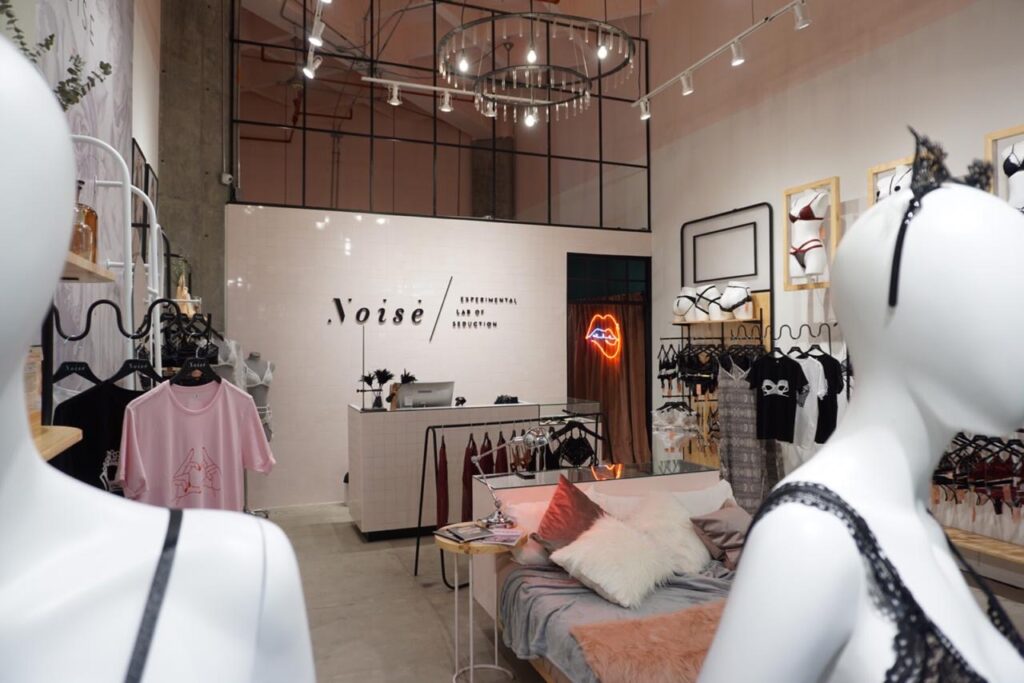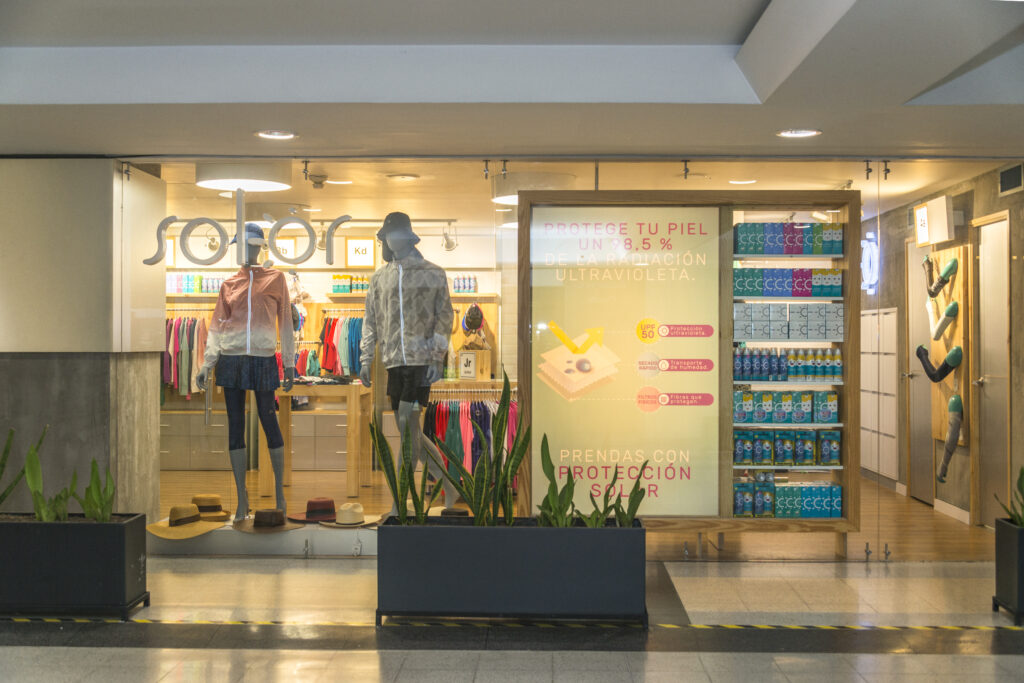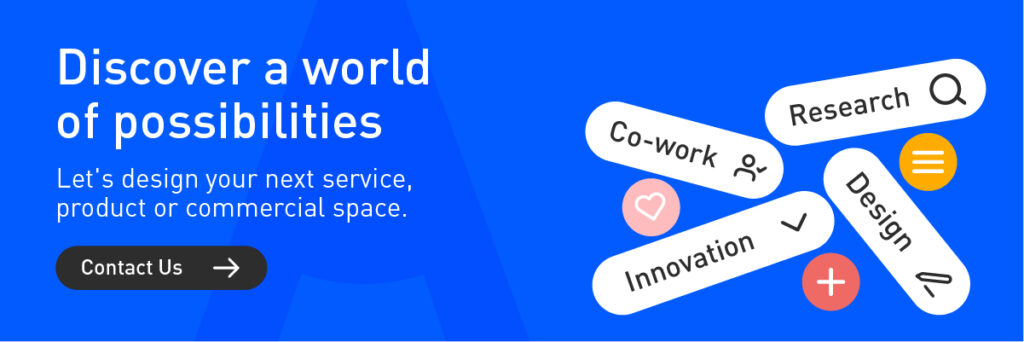In this article, we will explore in depth the meaning of retail design and the key aspects of designing a successful store. After reading, you will have greater clarity on:
- What is retail design?
- What does retail design involve?
- Why is retail design important?
What is Retail Design?
Retail design is a specialty of industrial design focused on the creation of spaces for the sale of products such as food, clothing, sporting goods and services. This discipline goes beyond aesthetics; it seeks to make the sales space functional, strategic, attractive, technologically advanced and offer a memorable experience for visitors.
Key Elements For a Good Store Design
Let’s now delve deeper into how to use this concept to create a store design that meets the standards that the customer needs and is visually attractive in order to generate an enriching experience.
Deep Customer Knowledge
User-centered design should be at the core of any retail design project. Understanding customers’ wants and needs ensures that the design connects with them, generates empathy and ultimately meets their expectations.
Branding and Brand Identity
A brand is much more than a logo; it represents the values and principles of a business. A good brand design reflects your value proposition, communicates your relevance and creates an authentic connection with customers. Store design should be aligned with the brand identity and reflect its essence at all touchpoints.
Design Experiences, Not Spaces
A store is more than just a place for transactions. From a retail design perspective, the focus is on creating experiences. Customers should be able to interact and try out products, attend special launches and participate in activities that stimulate their senses, generating a stronger connection and greater brand recall.

Noise Lab is a seduction clothing brand and for the design of its store we incorporated a bed as a display center for special products and as a space for customers to take photos, inviting interaction and play.
Facilitates and Enriches The Purchasing Process
Incorporating technology into design, such as touch screens and digital apps, improves the way customers view, interact with and purchase products, making the shopping experience more dynamic and personalized.

Photos of the Superga mini store in Parque La Colina, Bogotá. Due to its small space, the store features touch screens and tablets that allow for browsing more products and making online purchases, creating a complementary technological experience. Design by Blaster.
Eco design and sustainability
Today more than ever, it is crucial to design and build stores sustainably. As designers, we have a responsibility to choose environmentally friendly materials and processes. This approach not only benefits the planet, but is also highly valued by consumers and can be an important differentiator for the brand.
You may be interested in reading: UX/UI Design Trends: The Impact of Artificial Intelligence on Digital Design.
Adaptability to change
A store should not be static. It is essential to design flexible spaces that adapt to market dynamics and changing customer tastes. A good visual merchandising program allows you to adjust the look of the store according to current needs and trends.

Photograph of the display case design for the Sol-or skin care products store. It is provided with a design that allows for easy modification of the display, allowing for playing with printed media, mannequins and product displays, facilitating the delivery of more complete information to users. Store design carried out by Blaster.
Are you ready to design an unforgettable experience?
Are you thinking of opening a new retail outlet and want it to be an unforgettable space and experience? Visit our Commercial Interior Design page at Blaster Design for more information and contact us to help you design a place that stands out and attracts your customers.
